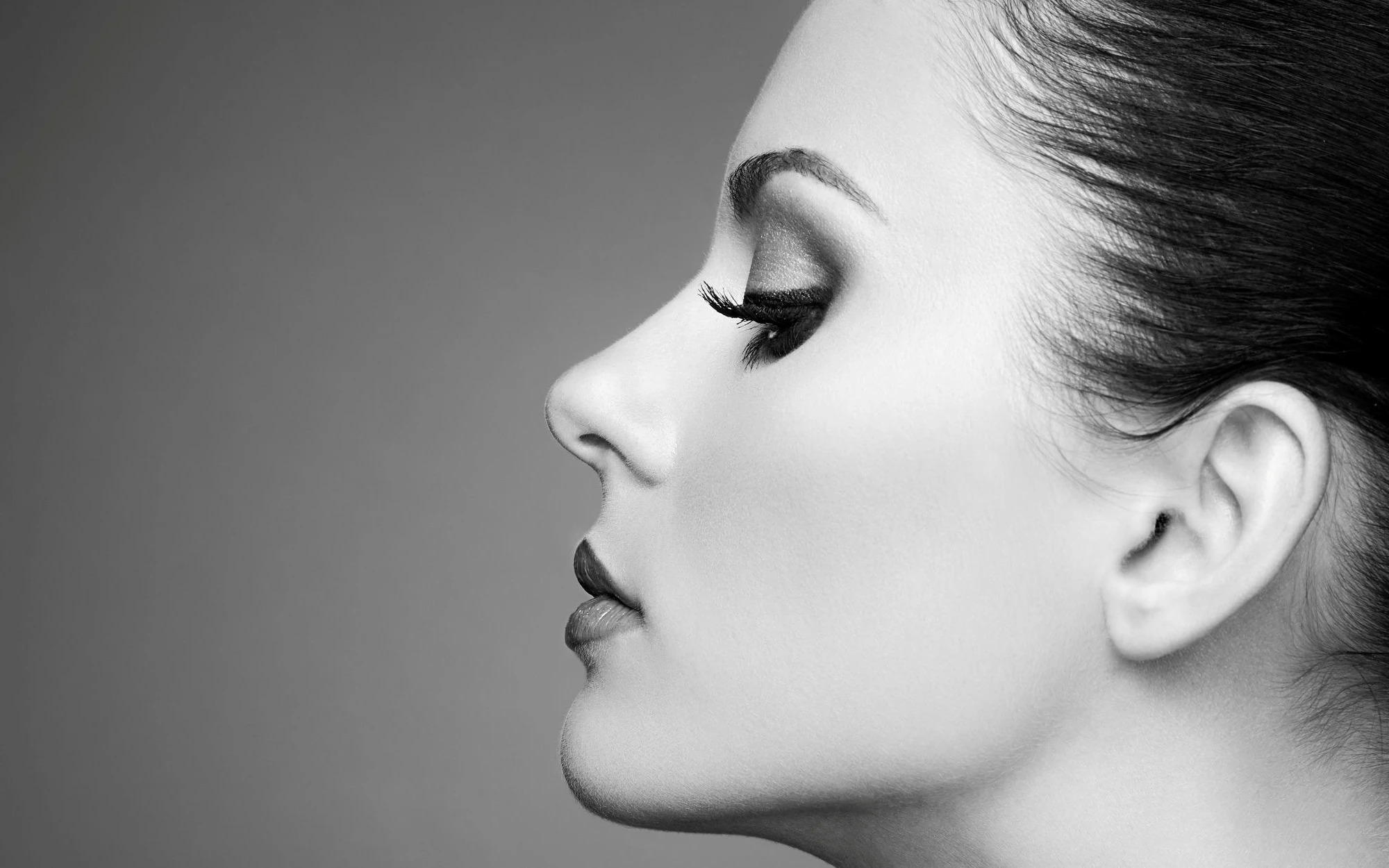Rhinoplasty in Istanbul, Turkey

What is rhinoplasty?
Rhinoplasty is a type of plastic surgery that changes your nose’s shape and size. Some people have cosmetic rhinoplasty to improve how their nose and face look. Others undergo functional rhinoplasty, which improves breathing and nasal function. Surgeons who perform this procedure are trained in plastic surgery or facial plastic surgery. Rhinoplasty is commonly called a nose job.
Who might want to get rhinoplasty?
You might choose to have a rhinoplasty procedure to:
- Correct a congenital abnormality (birth defect).
- Improve your overall appearance.
- Open blocked nasal passages (deviated septum).
- Repair a facial fracture, like a broken nose.
- Restore breathing function after disease, cancer treatments, traumatic injuries or burns.
Who is a candidate for rhinoplasty?
A candidate for rhinoplasty should:
- Be finished growing and in good physical health.
- Not smoke.
- Understand the limitations of nose surgery and have reasonable goals for the procedure.
- Want the procedure for their own reasons, not because someone else thinks they’d look better.
What does rhinoplasty do?
Rhinoplasty reshapes your nose. The procedure can:
- Correct a nose that looks bulbous, upturned, hooked or droopy.
- Correct a deviated septum.
- Fix nostrils that are too wide, too small, too large or turn upward.
- Get rid of noticeable dips or bumps on the bridge of your nose.
- Make a nose smaller or bigger to create facial balance.
- Open blocked nasal passages.
What are the different surgical approaches to rhinoplasty?
There are two main types of rhinoplasty procedures:
- Open: Open rhinoplasty is a procedure for major nose reshaping. Your surgeon will make incisions to separate the skin of your nose from the bone and cartilage completely, which allows them to see the underlying anatomy of your nose clearly.
- Closed: Closed rhinoplasty is a minor nose reshaping procedure. Your surgeon will make incisions within your nose to separate your skin from the bone and cartilage to reshape it.
Additional types of rhinoplasty include:
- Cosmetic rhinoplasty: Improves the appearance of your nose and face.
- Nonsurgical rhinoplasty (filler rhinoplasty): This is a type of cosmetic rhinoplasty that uses dermal fillers to temporarily fill dips and irregularities in your nose. It can lift a droopy nasal tip or correct a small bump.
- Functional rhinoplasty: Restores nasal form and function after disease, cancer treatments or traumatic injuries. This type of reconstructive surgery can also be used to correct congenital defects and a deviated septum.
- Secondary rhinoplasty: Revises or corrects any problems that occur after the first rhinoplasty surgery. These problems can be minor but are often more complex for your surgeon to repair.
What’s the difference between rhinoplasty and septoplasty?
Rhinoplasty is a procedure that improves the appearance and/or structure of your nose. Septoplasty is a procedure similar to rhinoplasty that repairs the deep, internal structural complications within your nose — the nasal septum. Complications in the nasal septum can affect how you breathe. Both procedures can be done at the same time to improve both the look and the function of your nose.
How common is rhinoplasty?
Rhinoplasty is one of the most common cosmetic surgery procedures. There are over 350,000 rhinoplasty procedures performed each year in the United States. While women and people assigned female at birth are more likely to get the procedure, men and people assigned male at birth get nearly 20% of all rhinoplasty surgeries in the U.S. each year.
